
One of LightWave 3D's new owners and creative director Andrew Bishop has a lot to say. I sit down with the animator-turned-software proprietor to catch up on why they've bought this legacy 3D software, that's been used in game development, film VFX, animation and archviz since the 1990s. But LightWave 3D’s best years are ahead of it, believes the team at LightWave Digital, as new leadership, updates and a roadmap of ambitious ideas suggests this could be the Maya competitor many have demanded.
"Part of the reason we bought LightWave is because of the lack of development, the lack of care given to animators," says Andrew candidly. He'd love LightWave 3D to be free if he could, but development costs negate that possibility, so instead he’s gone for the most comprehensive package at the lowest market price. When you consider this newly relaunched suite of tools has had over 500 features added since it was acquired by Andrew and his team back in April 2023, there's a lot to love about the direction this 3D graphics software is heading in.
"The core of Blender is free, and I understand that, but it's not really what you need if you're to make a successful, growing, thriving animation industry," explains Andrew, who's an animator and 3D artist himself. "You need a piece of software that's going to be coordinated, everything working together and enabling animators [to enter the] next stage of what animation should be, collaborative animation working from anywhere."
The eye-catching updates to LightWave 3D over the last 12 months include an excellent instancing brush system, new geo nodes, a flame and smoke based fluid dynamics system, as well as an integrated Octane GPU renderer. But it's the real-time Unreal Engine 5 bridge that signals where Andrew sees LightWave 3D heading - as a connected suite of 3D tools that anyone, from any discipline and background, will be able to use. (New to 3D modelling, read our guide to the most powerful laptops.)
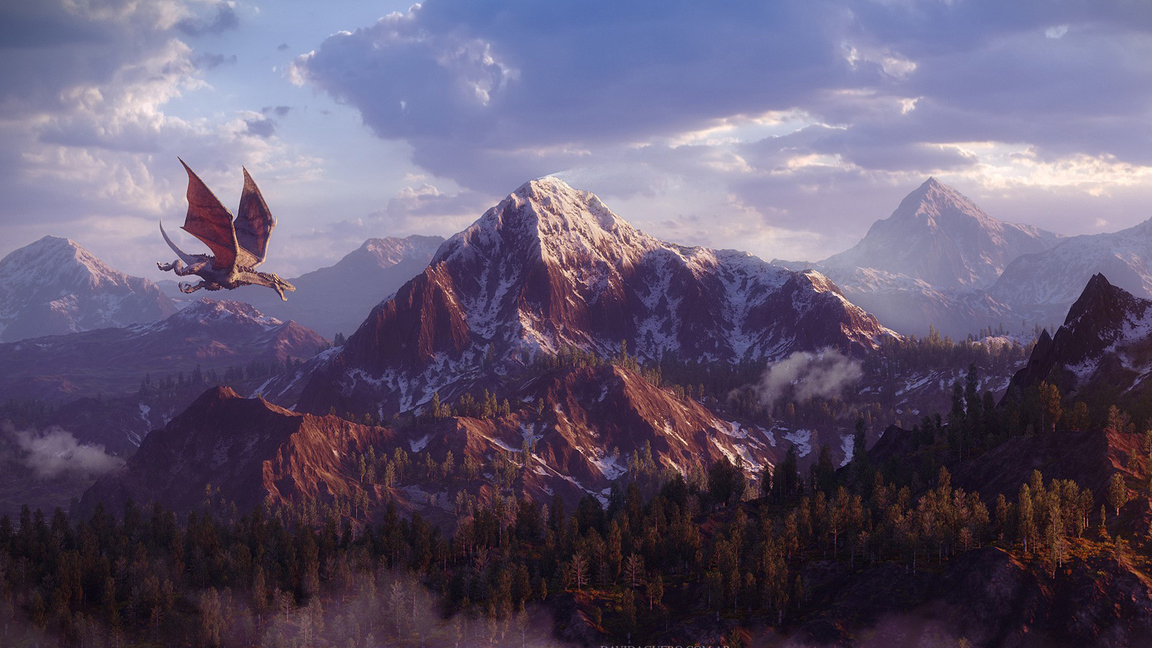
The version just released, LightWave 2024, has been supported by a second major update, with standout new features including Tendril, a real-time painting tool that 'grows' plants and vines in a scene, as well as a new fluid system that uses OpenVDB for the meshing and can be used directly inside LightWave 3D. Along with improvements to the internal render engine and an upgrade to Octane 2024, LightWave 3D has a new character rigging system that enables a large number of characters to be rigged and animated on the same screen, at the same time. (Visit the LightWave 3D website for the full features list.)
The idea is to create a platform that can act as a global virtual studio that everyone can securely access, "like working in a studio, but everybody can be scattered around the world," says Andrew. He adds: "Fundamentally, though, it's about bringing passion back to 3D, we've got to get back to a scenario where people will help each other and collaborate with each other."
Partly this approach comes from an acknowledgment that some software is simply ahead of other packages in a specific field – Andrew mentions his admiration for Houdini's particle system – and that it makes more sense to enable artists using other software to plug into LightWave 3D easily. "It's actually very simple to get content from Maya into LightWave and from LightWave into Maya," he reflects. LightWave 3D already has links to Adobe software such as Photoshop and After Effects too, so the footprint is already in place to build from, to create a collaborative platform.
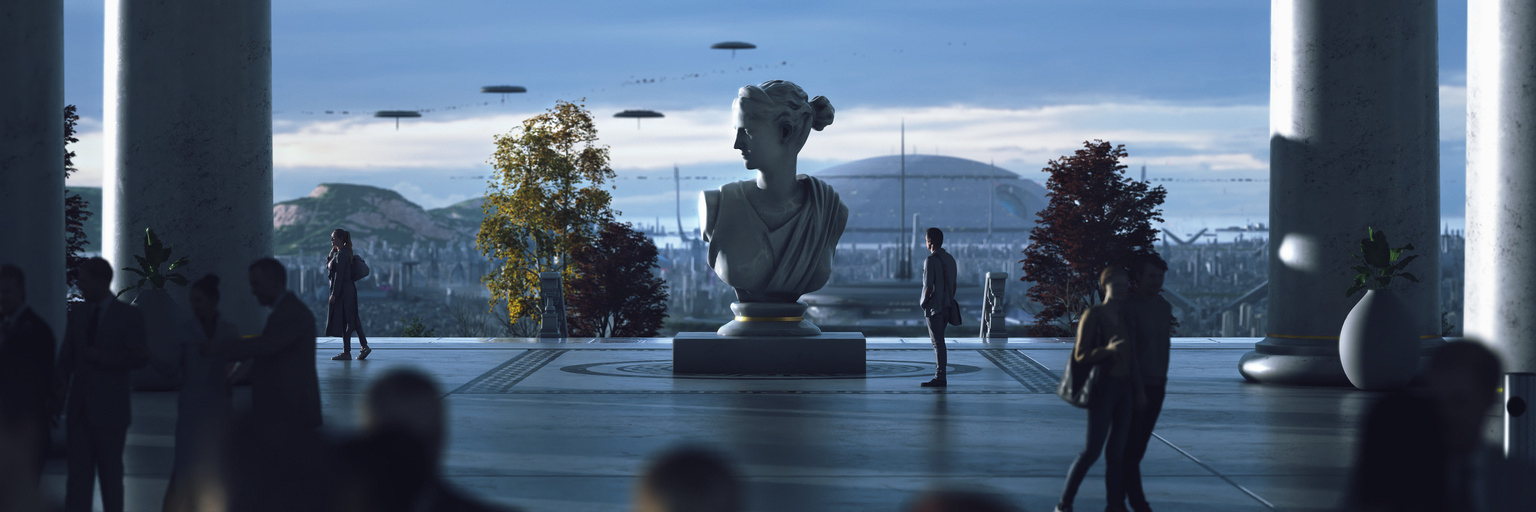
Speaking with Andrew, his passion for LightWave 3D comes through; he's animated and excited about what the future holds, and not just for his software but for the industry in general. He loves what the 3D and 2D art industry stands for, from a ground-up view, and it's why he's intent on developing LightWave 3D as a "next generation" software.
"We're at the end of this generation of software, and I would say that the market has stagnated. No one's inventing anything. Nothing is being really thought about the next level of interface, I'm very much thinking about that," reflects Andrew, explaining how the team have gradually been making improvements to how LightWave 3D can be used.
But the future could be a constant stream of creative ideas and new ways of working, as Andrew lists of the potential for touchscreen control, voice control and "every kind of ability to take animation to the next level," he says.
Andrew adds: "We need to get that working in an intuitive way that works well with a pipeline that can be used in full production. Again, it's not good enough just to have that as a standalone piece of software. That's a dead end. You've got to make sure it works with other things."
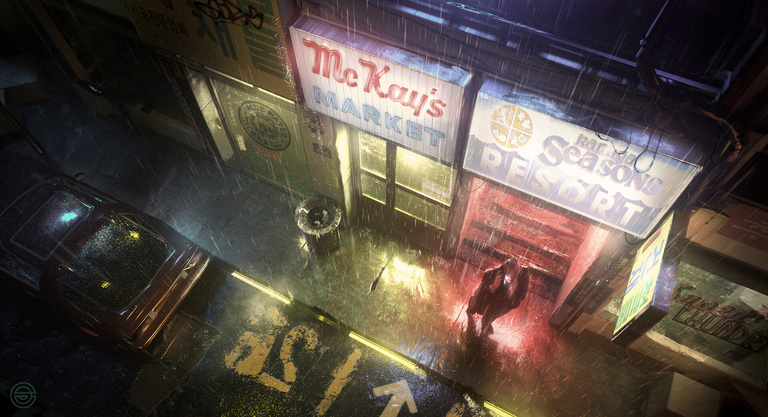
We're getting into the realms of big picture ideas as Andrew talks, and he lists many new ideas and features in the works for LightWave 3D that I can't mention, but trust me, they're exciting. And yet, despite the grand ambition, everything he's doing is grounded in the need to make life better for artists and animators. An example of this is Frames, a new tool that enables you and others to add notes to Nodes, explaining how they work and offering tips and advice.
As mentioned, Andrew is an artist and animator, and that influences how he views LightWave 3D’s development "Part of the reason for buying [LightWave] is I want it to be directed for the first time by someone who's an animator and understands the needs if users,” he says.
Given his background, when I ask him if he views LightWave 3D as a disruptor to the hold Autodesk and Maxon have on the 3D art industry, he reflects: "If being a disruptor is bringing back one of the great 3D packages of our time, really modernise it, get it up to speed, and then try to add next generation things to it. Then yes, absolutely, that's going to be what we're going to do."

It's clear buying and developing LightWave 3D is a passion project for Andrew. It feels like we've turned the clock back 30 years and this focused team is trying to create change in the industry, because for Andrew having a small number of companies holding back the pace of change isn't good for the 3D and 2D art industries.
The knock-effect is a stranglehold on the market, explains Andrew, where subscriptions rise and updates are slow, where new artists and animators can struggle to learn a 3D software because the cost of entry is too high. If they rely on a studio job for access then going freelance rarely becomes an option, alternatively if they’re laid off and can't afford to keep up with payments, then those artists are forced out of the industry. For many animators the current state of the industry isn't working, which is why Andrew views Lightwave 3D as the agitator but also as a unifier.
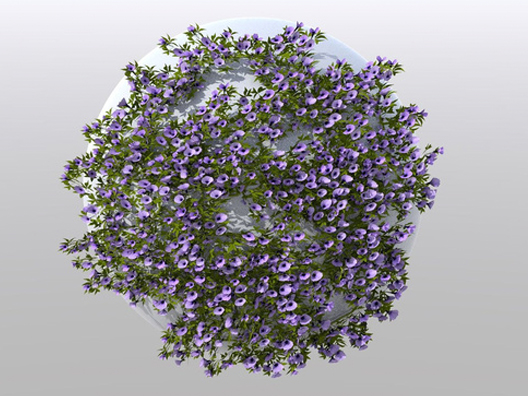
Lightwave 3D costs less than £795 with updates costing between £245 and £550, being true to his word students can get an annual rolling licence for free to begin learning the full set of features. Keep in mind, uniquely LightWave 3D includes a free multi-core version of Octane 2024 (as a download) as well as the single-core version embedded in LightWave. Andrew says, "the aim here is to give the best possible value we can to a user and give them a set of tools that enables them to do it all in one package".
The team has released two major updates in a year to bring LightWave 3D up to date and are now pushing on with Andrew's 'next-gen' updates, a third large drop is planned for 2025 - "as big as the first one, it's going to have some staggeringly good stuff that will directly affect the quality and pace of content creation for our users," says Andrew excitedly. I've been told off the record what's coming, and it really does sound special.
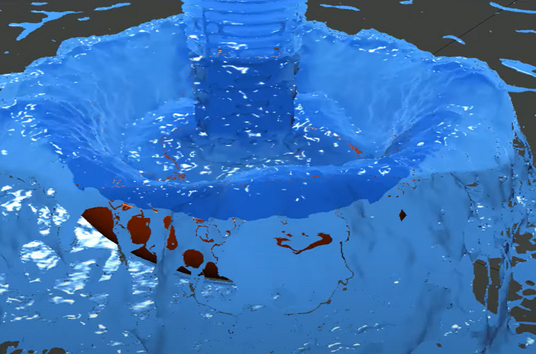
Andrew's pitch today, and since taking the helm at LightWave 3D, is to make this software essential to any 3D artist and animator, to prove it's no "flash in the pan" and to upset the status quo of the current 3D and animation industry.
Andrew was a user of LightWave 3D before the team bought it last year, he tells me how he, and other animators love the software and would regularly, quietly, fall back to using this package for projects, "so we simply could not miss out on the opportunity to acquire the software". I'm reminded of Victor Kiam's iconic sales pitch, "I liked the shaver so much I bought the company" when I look at Andrew and the road he and the team are on.
Finally, he tells me: "I still think today, for general animation, LightWave is the fastest [there is] for getting animations out the door. It's not a question of whether you can have LightWave, it's a question of, can you afford not to have LightWave?"







